
Here are some of our favorite beats that you can look forward to listening to on your journey throughout Mexico, Brazil, Peru, and Argentina, as well as a few recommendations to add to your personal playlists.
BRAZIL: BOSSA NOVA
You would be hard-pressed to find a music lover that hasn’t been swept up by the guitar plucking in “The Girl from Ipanema.” Bossa nova will do that to you. Bossa nova, which literally means “new wave,” was a blending of samba and jazz that arose out of a guitar school formed in Rio de Janeiro’s Copacabana neighborhood in 1956. It climbed to popularity in the 1960s
thanks to the influence of the late famous Latin American musician João Gilberto. Very few instruments are required to make this style of music, and the lyrics, which casually describe beaches, flowers, and beautiful women, convey the optimism of that time period.
- Listen to: João Gilberto – Desafinado
MEXICO: MARIACHI
Mexico is synonymous with mariachi. The genre has been declared by UNESCO as having intangible cultural heritage as it’s inextricably connected to Mexican history, beginning with the string instruments brought by Hernán Cortés to the Aztec motifs embroidered on the charro (horseman) clothing of the musicians. The first iterations of mariachi music emerged from the ranches and small towns of western Mexico as early as the 1850s. In the span of a century, the sound and look of the bands evolved to what we know as the genre today. As early as the 1950s, its standard sound of two trumpets, three or more violins, vihuela (small guitar), and guitarrón (big bass guitar) was set and ever since has been heard throughout the Americas and
around the world.
- Listen to: Vicente Fernandez – Volver, Volver
ARGENTINA: TANGO
The Argentine tango conjures feelings of romance, elegance and sophistication—a far cry from its humble origins. Born in the bars and brothels of Buenos Aires in the late 19th and early 20th century, by the end of World War I, this music style and very complex accompanying dance quickly gathered momentum. The purists of the original tango were called “Guardia Vieja” (the Old Guard). They preferred their tango to be performed by a sextet, with the traditional, portable instruments of two bandoneons, two violins, a piano, and a double bass. After 1913, these sextets developed even further to include a flute rather than a double bass. These became known as orquesta típica criolla (traditional creole band). Eventually the term criolla was dropped and ensembles were called simply orquestas típicas, which is what you will see when you attend tango performances in Buenos Aires, like on our Tango Show excursion.
- Listen to: Carlos Gardel – Caminito
PERU: FESTEJO
Recent archaeological discoveries of musical instruments now prove that in Peru, music has been played at least as far back as 10,000 years ago. This ancient tradition created a wide variety of instruments, crafted from a range of materials such as cane, mud, bone, horns and precious metals. This capacity for musical fusion and innovation eventually led to the creation of the Peruvian cajón. Developed in the mid-16th century by African slaves, they used wooden boxes and hollowed-out pieces of pumpkins as make-shift drums. This birthed Afro-Peruvian music, or Música Negra. The genre is a mix of West African and Spanish music and is especially energetic. The liveliest sub-genre is festejo (from Spanish ‘fiesta’). This festive music and dance form of Afro-Peruvian music is a staple in the Black coastal populations, and it celebrates the emancipation of slaves. Some believe that its origins trace back to competitive dance circles performed by individuals playing cajón.
- Listen to: Eva Ayllón – Ritmo, Color y Sabor

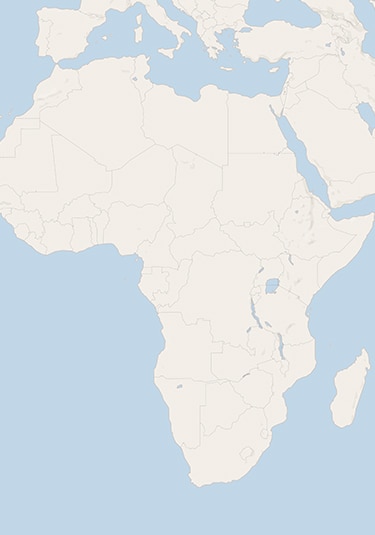

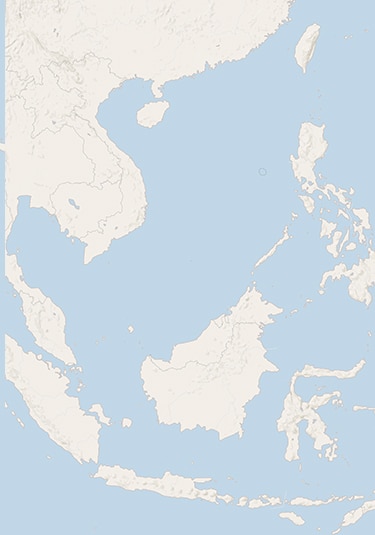
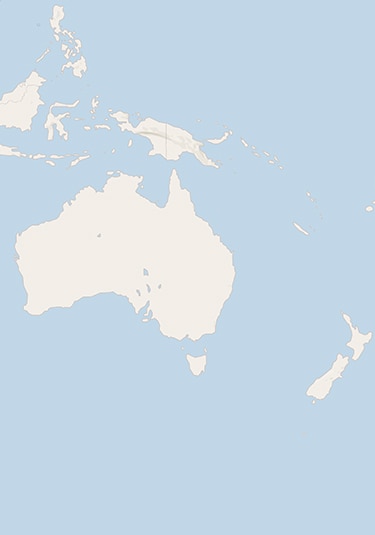

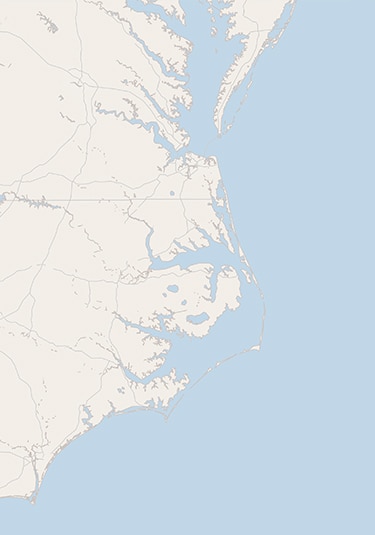
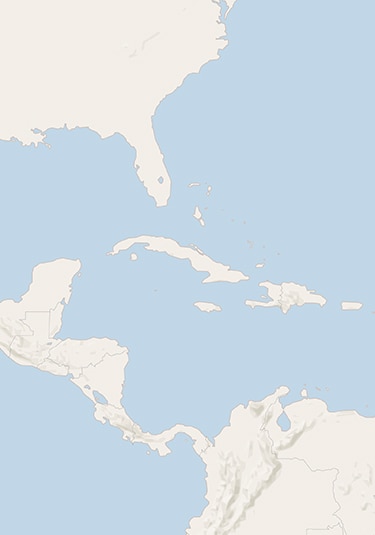
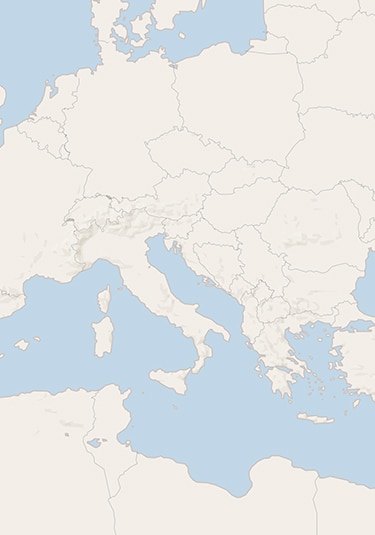

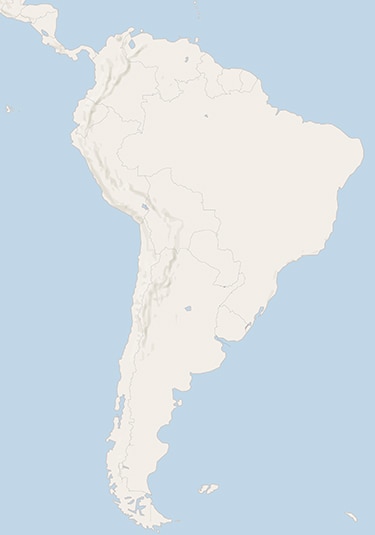







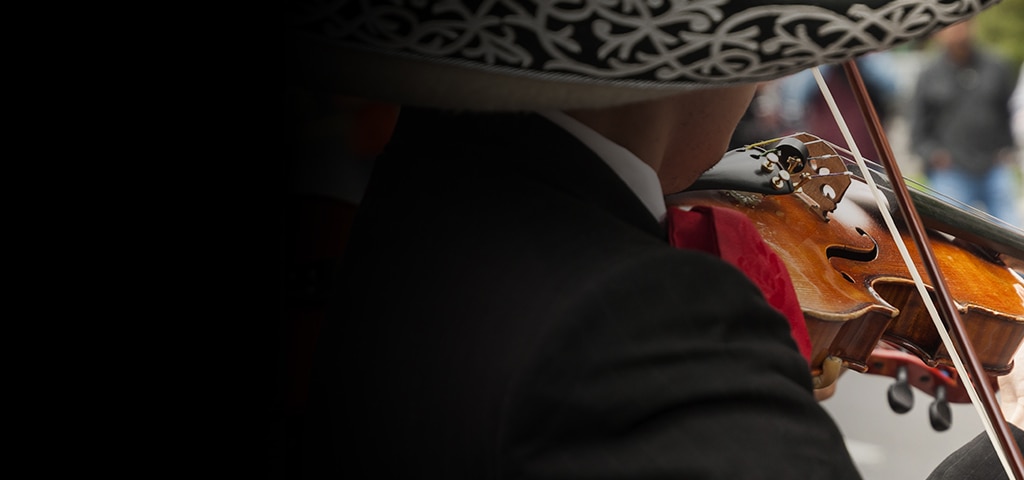
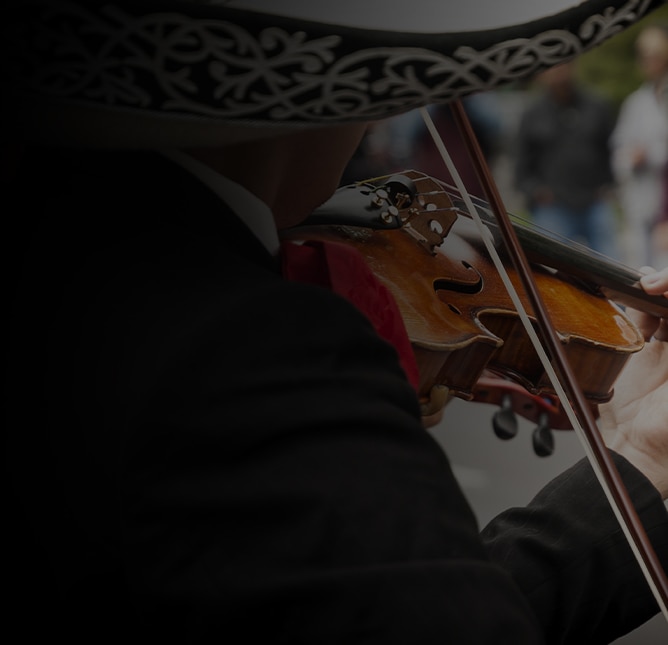



JOIN THE CONVERSATION